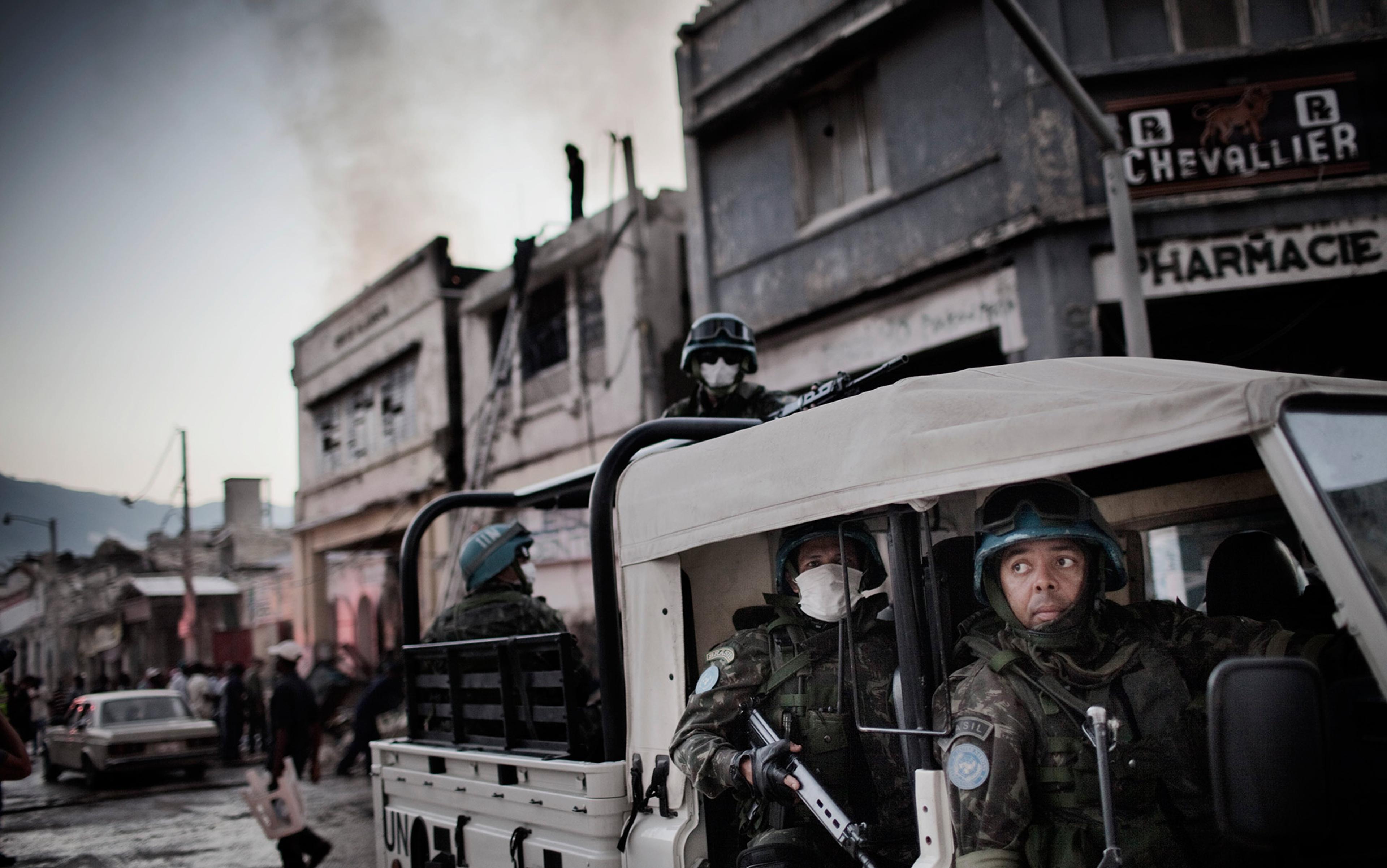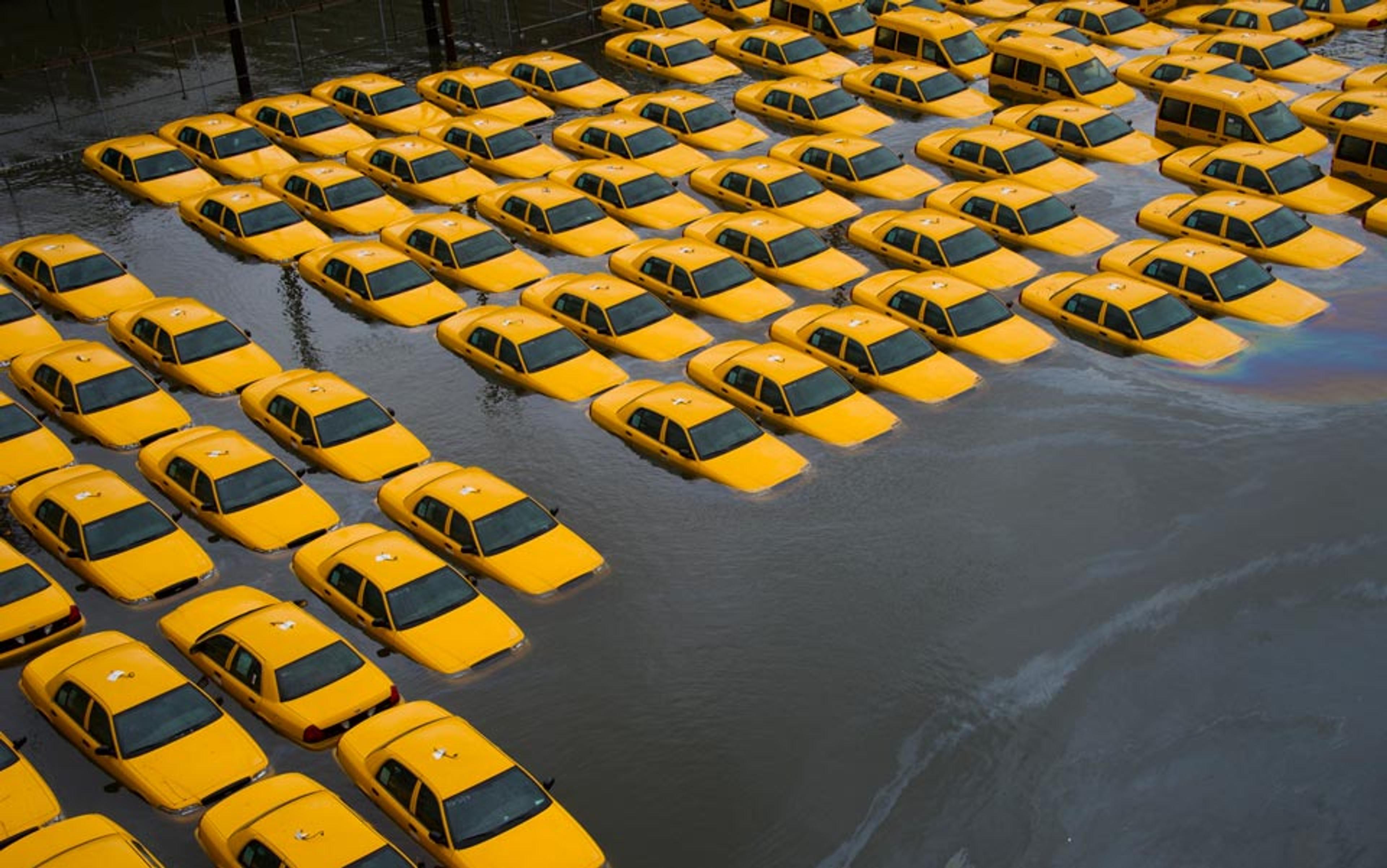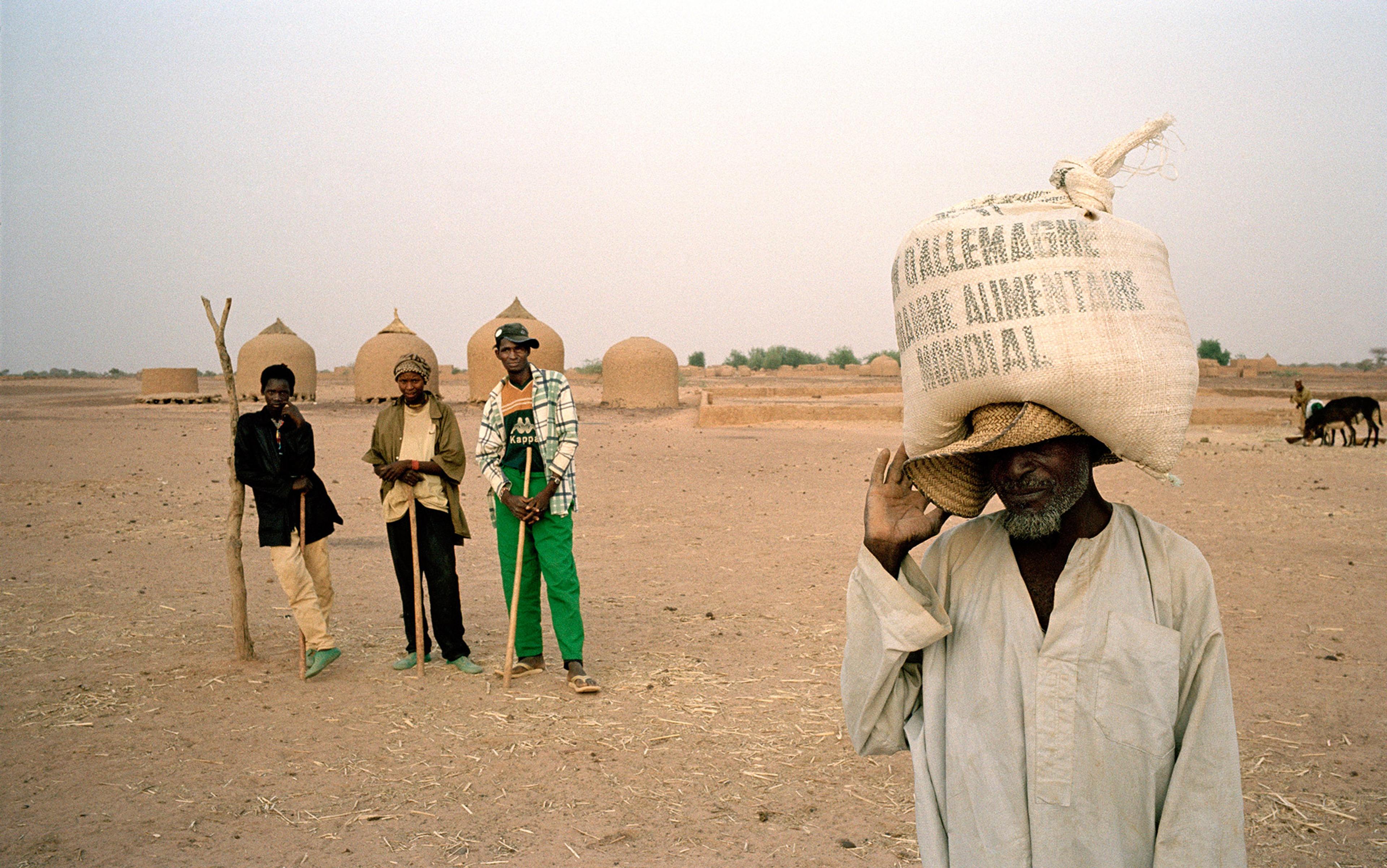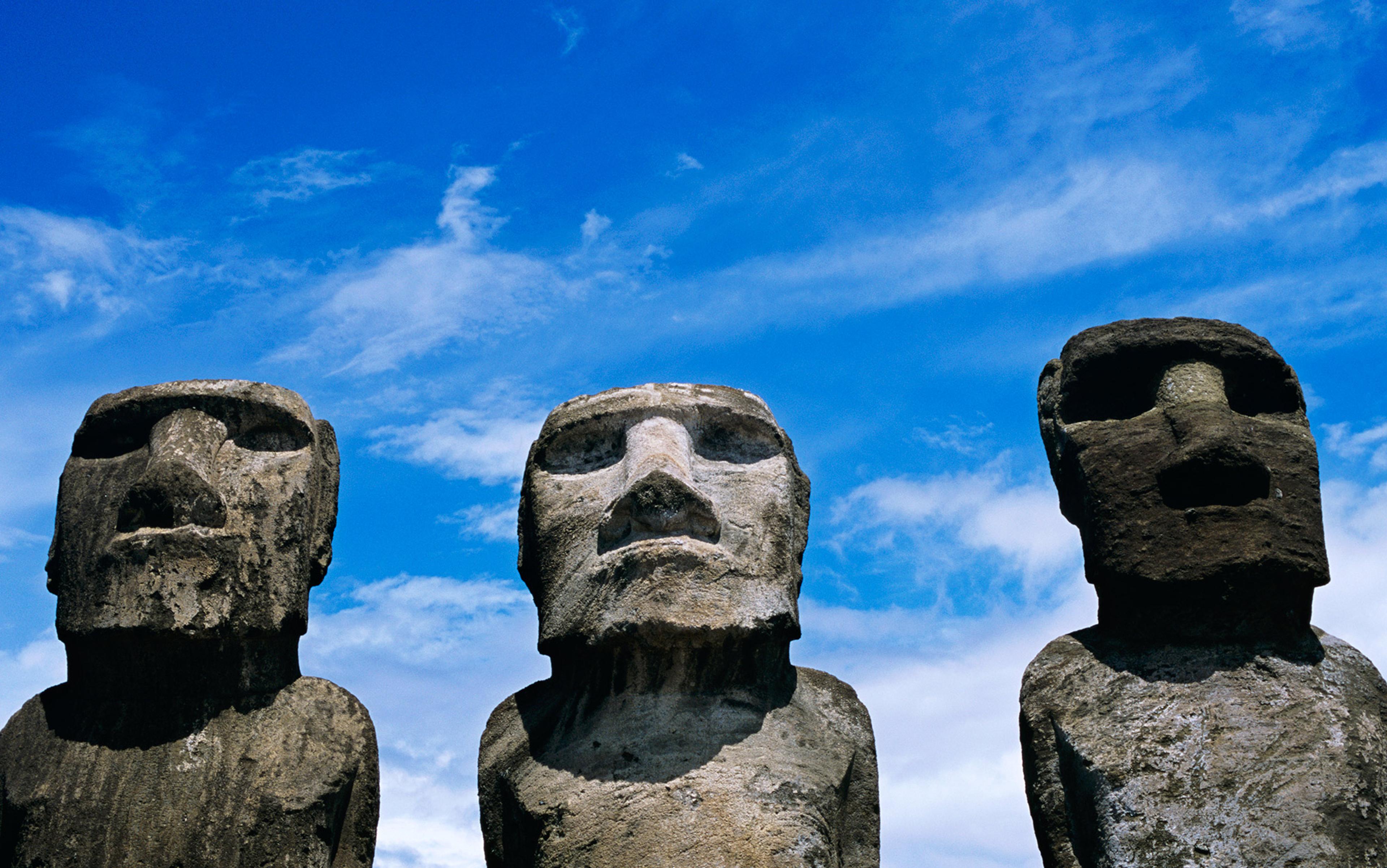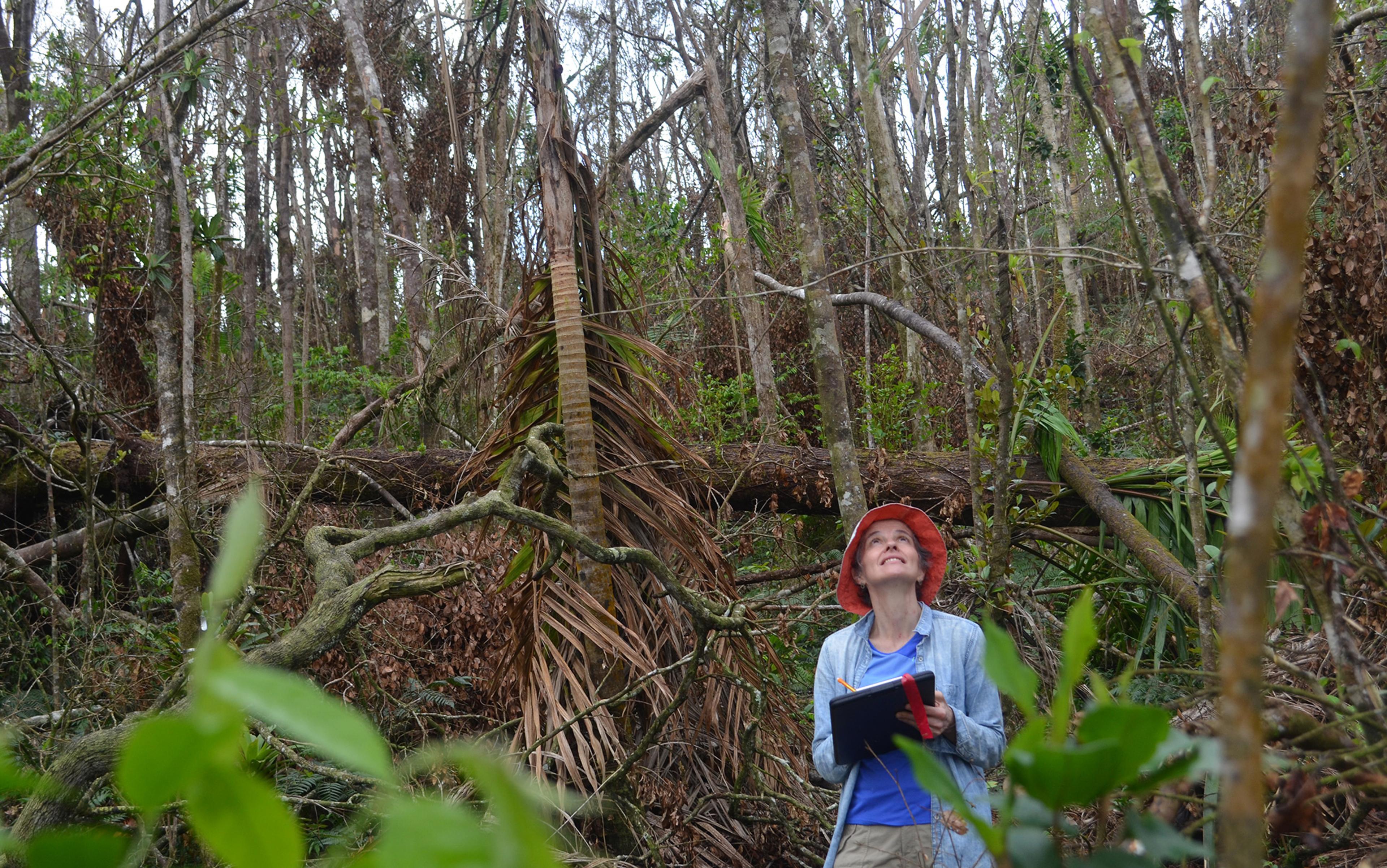‘Once-in-a-century’ storms, tsunamis and earthquakes now threaten life and resources around the world on a regular basis. Disasters upend civic life and threaten the public order, but disaster-relief operations often double as contests over the authority of the state to govern. Recent histories of disaster relief in developing nations reveal that claims about scientific knowledge and technological sophistication hold the key to defending political authority in the Anthropocene.
Disasters live in public memory and the historical record through narratives that tell us whom to blame, how to survive, and who can best answer these questions. Building these narratives is part of the work of disaster management, a specialised field whose experts often depict their mandate as a perennial cycle characterised by successive phases of preparedness, post-disaster relief and recovery and, finally, reconstruction, a phase that sets up the next round of preparedness efforts.
Popular reporting about disasters in poorer and developing countries usually begins with the spectacle, and focuses on post-event relief and reconstruction operations. These accounts follow a straightforward narrative: they acknowledge the absence or failure of early warning systems, and explain that the affected society was vulnerable to natural hazards because of developmental failures, outdated scientific expertise and political resistance to global best practices. Having established the problem and its likely causes, media coverage shifts to describe the efforts of the ‘international community’ in coordinating the flow of aid, knowledge and technology into the affected region. Finally, reports quote foreign leaders and experts proclaiming that much of the damage could have been avoided by investing in social resilience and empowering civil society to counter governmental inefficiencies, neglect, corruption and arbitrariness.
These accounts – drawing a direct relationship between developmental and technological deficiencies, the state’s legitimacy to govern, and its moral obligation to seek foreign assistance – highlight the insight that political legitimacy is historically a function of scientific knowledge and expertise. For centuries, rulers have understood that their authority is sustained by the perceived reliability of knowledge claims and their ability to regulate society’s relationship with nature. Louis XIV’s France, unable to quell outbreaks of plague, defended its authority by insisting that the widespread deaths were not the result of a disease but a consequence of commoners’ unhygienic ways of life, low moral character and irrationality. Similarly, Victorian colonisers argued that ‘savages’, unable to master natural hazards, needed colonial rule for their own protection. In our time, governments play the same hand when they characterise migrants and refugees as unintelligent, disease-ridden and morally tainted swarms that threaten natural resources, dishonour national values and compromise citizen’s prosperity and wellbeing. Problems of nature cannot be meaningfully distinguished from the problems of society – to claim authority over the one is to take responsibility for the other.
So, what is the political sovereignty of vulnerable nations worth in the era of climate change? How is it defended or lost? India’s handling of the 2004 Indian Ocean tsunami and Haiti’s manhandling by international actors following the 2010 earthquake bookend the possibilities.
On 26 December 2004, a rupture in the Sumatra-Andaman fault resulted in a 9.3 (Richter seismic scale) magnitude earthquake that rippled across the Indian Ocean. It caused rapid uplift and subsidence of land masses, soil liquefaction and mud volcanoes. The tsunami that followed washed over the Maldives, Myanmar, Thailand, Indonesia, Sri Lanka and Malaysia, and reached southern India a few hours after the quake. Two hours after the tsunami struck the Andaman and Nicobar Islands, the Indian government in New Delhi became aware of the initial quake but not the tsunami headed its way. India did not have an early warning system in place, and a series of communication disruptions prevented the government from warning citizens.
A mere 40 minutes after the government first learned of the quake, around 9am, the first waves arrived in the southeastern state of Tamil Nadu. In 2004, Tamil Nadu’s average population density was 495 people per square kilometre (1,282 people per square mile). An hour later, the second and third waves followed. They were far more destructive. They arrived as 15-metre-high walls of water that killed 12,405 people along the coastline alone. In all, the earthquake and tsunami claimed more than 250,000 people (including those missing), and displaced a further 2 million; India was caught unaware and hit hard, with the tsunami destroying fishing villages and hamlets before moving inland.
The devastation moved the United Nations (UN) to make a flash appeal for $1.86 billion in aid. But the flow of international aid was almost immediately arrested by the Indian state’s concern with self-sufficiency. The government activated a disaster management group to oversee relief operations. It deployed 2,400 civil servants to assist affected areas, and distributed some 11,000 metric tons of relief supplies. Civilian political leaders called for public shows of unity and sought financial support from the Reserve Bank of India, the private sector, philanthropists and civil society institutions. It pressured insurance companies to make quick settlements.
India was not a ‘failed’ or ‘rogue’ state, but simply incompetent and unreasonable
India marshalled the military to disaster-relief on a war-footing: 4,000 troops, 25 aircrafts and 30 helicopters transported food, personnel, supplies and evacuees to and from affected regions within India as well as the Andaman and Nicobar Islands; 30 navy frigates carried food and emergency provisions to the Andaman Islands and Sri Lanka. All told, the government committed roughly $250 million, and pledged 7 billion Indian rupees (roughly $159 million in 2004) to reconstruction efforts within its territory, $23 million in aid to Sri Lanka and the Maldives, and $500,000 in relief to Thailand. It joined a UN-coordinated international effort to assist with tsunami-relief efforts across the Indian Ocean region. At the same time, the state refused to accept relief workers, experts or aid from other governments and international organisations. It denied travel permits to foreign aid workers and journalists, and used the military to secure strategically sensitive spaces including inhabited islands struck by the tsunami.
International institutions, NGOs and the Western media chastised the Indian government’s handling of the situation. The then US president George W Bush praised India’s response but noted that officials had refused $3.1 million in disaster aid. Other critics noted that the state failed to appreciate people’s needs and recover in accordance with global standards and best practices. The Indian state’s knowledge and technological deficiencies had prevented risk assessment and evacuation, blunted relief operations and possibly jeopardised long-term recovery and preparedness projects. India was not a ‘failed state’ or a ‘rogue state’, it was simply incompetent and unreasonable – shortcomings that directly challenged one of the hallmarks of sovereignty: exclusive control over its people and natural circumstances.
Some experts of Indian origin, such as the economist Jagdish Bhagwati at Columbia University in New York, defended India as a confident and responsible sovereign. Others tried to burnish state authority by linking it to technological progress; Anirban Basu, a state policy advisor, said: ‘India is not just a technical leader in South Asia and Southeast Asia, but a leader in taking up the tsunami warning system.’ Since independence, India has dutifully followed an agenda of modernisation, at some significant costs, but which has also produced world-renowned scientific institutions and generations of experts. This legacy earned India significant credibility as a nation capable of mastering disaster relief and preparedness systems for the future.
Eighteen days after the tsunami arrived, India agreed to a scientific and internationalist governance programme. It consented to develop early warning and web-based information-management systems including a national spatial-data infrastructure, on the one hand, and a comprehensive disaster-management law as well as ‘transparent and sustained’ relief-distribution processes, on the other. This commitment transformed these processes and systems into standard expectations of responsible states across the developing world.
By 2015, India’s self-sufficiency narrative compelled Shamshad Akhtar, the UN Under-Secretary-General and Executive Secretary of the UN Economic and Social Commission for Asia and the Pacific (ESCAP), to declare: ‘Early warning is a particularly promising area of collaboration for the government of India and ESCAP, as India is a leader in this field … The rest of the region can benefit tremendously from India’s resources, skills and expertise.’ The same year, India and ESCAP signed a $1 million partnership to develop early warning systems for coastal hazards (including tsunamis, coastal-zone flooding, storm surges and tropical cyclones) across Asia and the Pacific.
In contrast to India’s apparent demonstration of competency in disaster-relief reforms, Haiti presented a different story. In January 2010, a 7.3 (Richter seismic scale) magnitude earthquake near Port-au-Prince showed a country empty of scientific competency and incapable of meaningful assertions of political sovereignty.
The January 2010 quake is estimated to have killed between 112,000 and 230,000 people, injured some 300,000, and left another 1-1.5 million homeless. Across a population of some 9 million, one in 15 was killed, and only one in 16,588 rescued. Property damage neared $14 billion. The government estimated that the national GDP would drop by 8.5 per cent, while the Inter-American Development Bank projected the cost of rebuilding infrastructure at $8.1 billion.
Haiti had neither an early warning system, nor local evacuation plans. Population density, poverty, poor urban planning and unstable public infrastructure all contributed to the death and devastation that followed. The country had long been subject to extreme natural hazards, as well as more than five centuries of colonial or imperial domination. After the earthquake, the Haitian government quickly re-established a stable supply of fuel and water. It restored cashflow to banks within a week. Two of the country’s four damaged electrical plants were operational in a month. Within days, however, national rescue, relief and recovery operations were overwhelmed by the involvement of the US and the international community.
Despite having no experience in disaster relief, the US Southern Command took control of operations in coordination with the US State Department and the US Agency for International Development (USAID). The military secured the airport at Port-au-Prince, prioritising US aircrafts (carrying more than 20,000 troops) while redirecting supplies and emergency personnel from the World Food Programme and Doctors Without Borders to the Dominican Republic. The scale and character of the US intervention caused France to accuse the US of attempting to occupy Haiti.
In March 2010, international donors demanded that aid not go directly to the Haitian government. The Haitian Parliament relented, approving legislation that transferred political authority to a US-led Interim Haiti Reconstruction Commission (IHRC). Haiti was in effect coerced into relinquishing a vital part of its sovereignty, the ability to make knowledge claims and policy determinations about the present and future of its people and resources.
The former US president Bill Clinton and the then Haitian prime minister Jean-Max Bellerive chaired the IHRC. Of 26 members, two non-voting seats were held for local NGOs. The US, Canada, France and the European Union got individual votes, while the Caribbean Community and Common Market shared a single vote. Public officials received the same voting power as international NGOs operating in Haiti. (By 2010, a legion of foreign NGOs ran 80 per cent of Haiti’s public services with USAID and World Bank grants, while drawing experts away from public service with higher compensation and reputational gains.) In effect, disaster-relief operations began by treating the Haitian government as incompetent and untrustworthy.
Virtually all international disaster-relief aid was spent on foreign institutions and experts
Foreign IHRC members were chosen by a pay-to-play ritual. Members agreed to invest at least $100 million in Haiti’s reconstruction over two years or offer $200 million in debt relief. The IHRC controlled Haiti’s finances and directed recovery and reconstruction efforts, but it was not politically accountable to Haitians. Its decisions were automatically confirmed unless rejected by Haiti’s president. In keeping with World Bank and IMF policies in the 1990s, the IHRC proceeded to develop an assembly industry (capitalising on cheap, surplus labour) and enforced trade-liberalisation policies backed by investment in large agribusinesses to supply coffee and mangoes to the export market. The disaster-relief specialists did not try to strengthen Haiti’s scientific and technological capacity. US corporations, not Haitian, managed clean up.
The IHRC authorised the World Bank to manage the Haiti Reconstruction Fund, where the bulk of international donations were collected. (Only Spain and Venezuela offered cash support to the Haitian government.) Donors cited the state’s technocratic incapacity, mismanagement and generalised inefficiency to justify donating to the Reconstruction Fund and not the government. Virtually all international disaster-relief aid was spent on foreign institutions and experts: the government received less than a cent for every dollar of available US relief. More than 7 per cent of USAID funds went to private contractors with influence in Washington, DC. Of 1,500 housing-reconstruction contracts (amounting to $267 million) awarded by the US, only 20 (about $4.3 million) went to Haitian firms. At least 75 per cent of bilateral aid went to nonstate actors and multilateral agencies. Yet, by January 2011, less than half of the reconstruction aid pledged by foreign donors had been paid; only 2,074 of the 180,000 damaged homes had been repaired; most of the urban rubble in Port-au-Prince remained on the ground, while around 800,000 Haitians settled into makeshift camps outside the city.
The UN, in turn, trusted its own agencies, foreign NGOs and corporations to attend to restoring public utilities and services. Meetings took place inside the Port-au-Prince airport secured by armed personnel. Haitians were physically barred from participating in meetings, much less decisions. Those present at the cluster meetings found them to be disorganised and inefficient exercises in exchanging logistical information.
In March 2010, only 17.5 per cent of Haitians surveyed trusted the IHRC’s goals and priorities. In December, the 12 Haitian members of the IHRC wrote a scathing letter to Bill Clinton describing their marginalisation within the Commission. In April 2011, 40 Haitian social organisations chastised the IHRC for extending centuries of coercion and dependence – a callback to colonial discourses that justified benevolent dictatorships by claiming scientific and thus moral superiority over subjugated people and their resources.
Foreign intervention in disaster relief challenges state sovereignty. However the ‘international community’ tries to justify this challenge, it is always a strike against the state’s ability to balance social demands and natural forces. A popular scholarly understanding of ‘the sovereign’ is as an authority capable of declaring emergencies and making law for exceptional times. But disasters are emergencies because they unsettle established assertions of competence and authority – disaster relief, in turn, is a contest to supplant the monopoly on knowledge and expertise that provides the basis for state sovereignty. A ‘failed state’, for instance, is not defined by poverty and poor urban planning or even delayed disaster relief. It signals a loss of confidence in the state’s ability to govern its subjects and manage environmental circumstances – a collective heckling, from foreign governments, international organisations and the media, that threatens to drown out the state’s soliloquy of knowledge and self-sufficiency exactly when, in the aftermath of disaster, it is most needed.
On 28 September 2018, the Indonesian island of Sulawesi suffered a 7.5 magnitude (Richter seismic scale) earthquake. Indonesia sits within the ‘Ring of Fire’, a volatile tectonic region. Since 2017, there have been 200 earthquakes with a magnitude of 6 or greater around the world, and Indonesia has endured 19 of them. Sulawesi, a poor province in Indonesia, has suffered many earthquakes, tsunamis and volcanic eruptions over the past half-century. The quake struck near the provincial capital of Palu and produced rapid soil liquefaction resulting in deadly mudslides. A tsunami followed with waves between 5.5-6 metres (18-20 feet) high. The twin hazards caught the city amid a festival, killing 2,000, injuring 11,000 others, displacing 87,300, and damaging public services and 67,000 homes.
Solicitation and refusal of foreign help invite an examination of the state
In the aftermath, media commentary examined the crisis from two perspectives: first, it investigated the state’s technical competence to handle preparedness and hazard mitigation. The answer, predictably, focused on the mismanagement and subsequent failure of the country’s early warning system. Second, the commentary scrutinised the legal and political rationale underlying relief and recovery decisions: did Indonesia – as it had in the past – refuse foreign relief workers, aid and expertise in a show of sovereign authority?
In 2018, the Indonesian state solicited foreign aid and assistance with disaster relief. This step saved the country from facing the kinds of challenges endured by India and Haiti. In effect, both solicitation and refusal of foreign assistance invite an examination of the state’s mastery of scientific knowledge and thus its character as a moral guardian of society. Soon after, however, the Indonesian government, fearing it would be perceived as incompetent, tightened its grip on international aid and asked foreign workers to leave, once again complicating the future of disaster relief.
Climate change and Anthropocene discourses are a mix of scientific and political claims about the past, present and future regulation of social demands and natural limits; they foresee an era in which the relationship between professions of scientific knowledge and technological capacity, on the one hand, and moral and political authority, on the other, is destined to deepen. To know the world is to rule it or at least survive it: this is why the UN Intergovernmental Panel on Climate Change, a body of faceless, unelected scientists and technocrats, has emerged as a global political authority whose pronouncements have the power to influence the agendas of democratically elected governments around the world.
The stories of India and Haiti exemplify the stakes of political sovereignty in our time; they reflect the terms of engagement under which poorer and politically weaker nations will have to fight for the right to govern themselves, come hell or high water.
